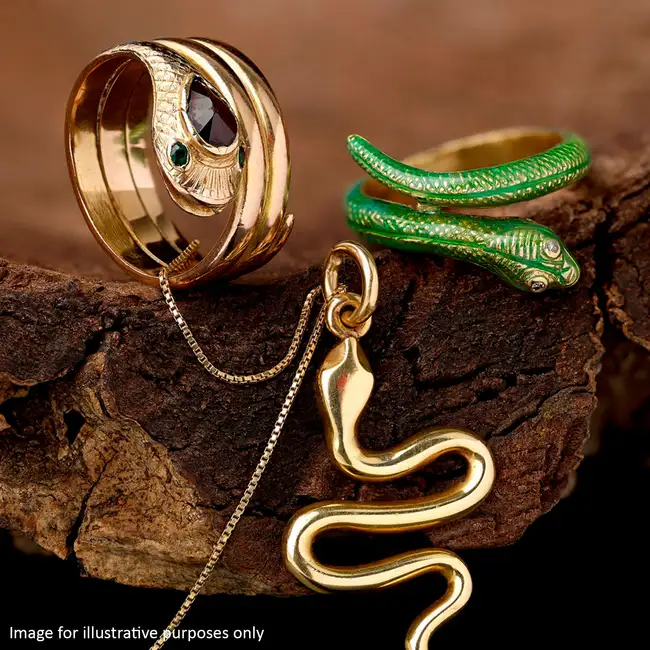Nicola Whittaker, Business Development Manager from Fellows Auctioneers, has been discussing historic replica diamonds in the first auction of 2020.
The Historical Diamonds replica set contains 15 glass replicas of the most famous diamonds in a fitted and labelled case. They include The Shah, Pasha of Egypt, Orloff, Piggot, Polar Star, Sancy, Florentine, Grand-Mogul, Kohinoor (old cut), Nassak, Hope, Kohinoor (new cut), Jubilee, Regent and South-Star. The set features as Lot 710 in the Jewellery sale, taking place on Thursday 9th January.
Also included with the boxed set in this lot is a group of cards detailing the history and information on some of the stones.

There is one stone that is featured twice, the Koh-i-Noor in its original weight of 186cts and its new weight of 108.93cts. the Koh-i-Noor was found in the Godavari river in India and passed through the Moghul Dynasty through kings and emperors - once even being worn by a five-year-old child emperor. It ended up in the Crown of Queen Elizabeth The Queen Mother and is on display at the Tower of London.
All of the stones are notable and have fantastic stories. The Shah Diamond stands out in the collection as the only one not cut to some sort of round or cushion shape. It is cut in a traditional Indian way, the lasque cut. The lasque could be seen as one of the first step cuts. It has a long, flat table and asymmetric design which clearly shows the excellent clarity of the (original) stone. The cut has also been referred to as the “coffin cut” which is fitting given the stone’s history. This stone was mined in India and faceted in 1591. In 1738 the Shah of Persia attacked India and took it back to Persia with him. The stone remained there until 1829 when it was given to Tsar Nicholas I as an apology for the killing of the Russian ambassador to Persia, Alexandr Griboyedov. It is known part of the Diamond Collection fund in the Kremlin.
Three of the stones in the collection were once part of the collection housed in the Royal Treasury in France. During the French Revolution the Sancy, the Blue Diamond and the Regent were stolen and eventually went into different collections. The stone labelled the Blue Diamond in this collection would then go on to be called the Hope Diamond, now owned by Harry Winston and part of the permanent exhibition at the Smithsonian in Washington.












